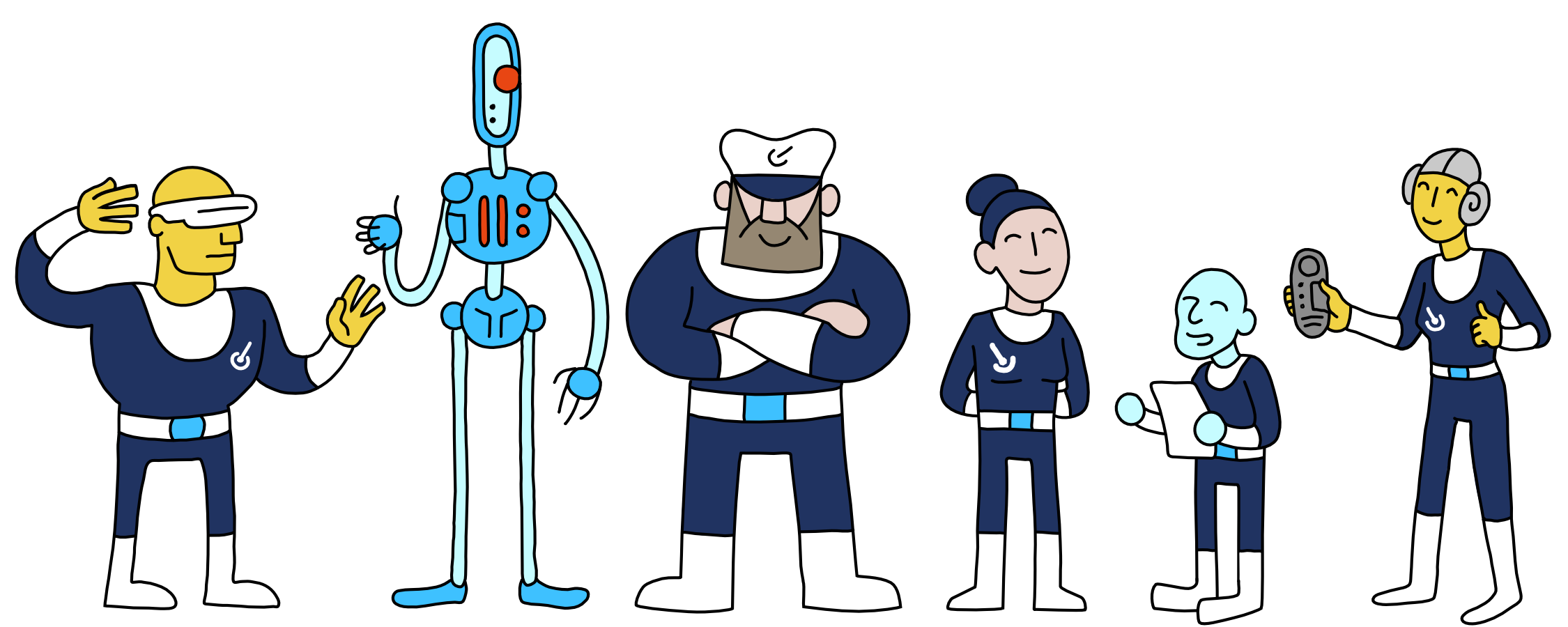powerd by

Use information instead of managing files and documents
klar:suite's content management modules master even complex content
Large amounts of enterprise content e.g. publishing content, technical information, product information usually come from different sources and systems with different data formats and structures. With outdated processes the maintenance and management of such data is associated with enormous effort. Content is inevitably created, updated and reviewed multiple times at great expense. In klar:suite importing, modelling and modularising data for reuse are optimally supported and the valuable content is maximally exploited.

valuable content
use, not manage

access intelligently
master complex content
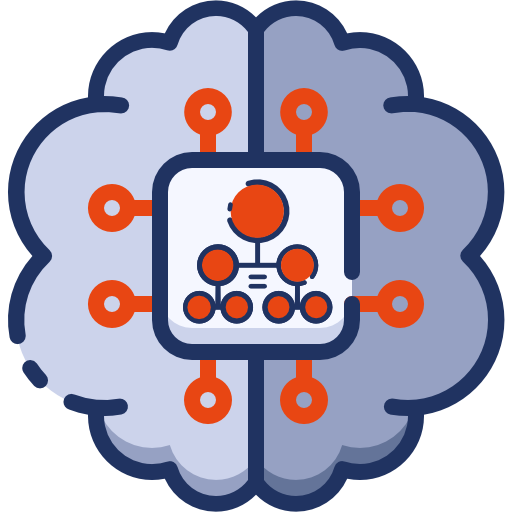
Information Hub
overcoming data silos

efficient
self-managing smart data

beyond XML
breaking XML limitations
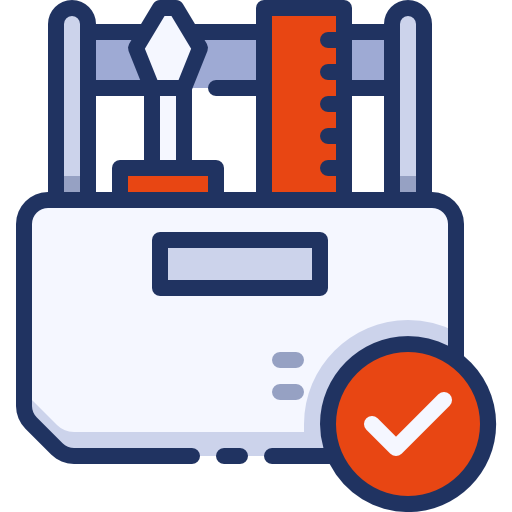
flexible
tools that fit and grow
Refine raw data into an information pool
With klar:suite data from different sources and systems can be efficiently imported into a common data pool. Content relationships and correlations are automatically transferred and mapped in the data model, which can be edited as required. Intelligent processes support the modularisation of content and identify similar text fragments as candidates for reusable information modules. Based on rules and models, these can be (automatically) aggregated into publications and made available for various channels or, if required, delivered as an information unit via a web platform, e.g. via klarso's own CDP.
No fear of system change
Data migration using the intelligent import functions of klar:suite is very efficient and fast, even for extensive content from different systems.


Parallel use of the legacy system
During the introduction project of klar:suite the data can be synchronised and the legacy system can continue to be operated. This is possible thanks to the flexible import and export functions of klar:suite- and ensures a smooth transition from the old to the new system.
Automated data model creation
Existing relations and references in the data are automatically transferred into the data model during import. Existing external taxonomies and ontologies are also efficiently integrated.


Integrated modelling - from raw data to knowledge network
Modelling in klar:suite takes place with the data itself. The content relationships are formalised in the semantic network via typified relations in a way that can be used by computers. Like semantic tagging, they can be modified at any time.
Modularized content for reuse
Content reuse saves time and money. Content only needs to be checked and maintained in one place. In klar:suite similarity analysis and text clustering support the creation of a library of content/information modules at any level of granularity. Introduced parameters efficiently generate variants.
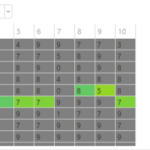
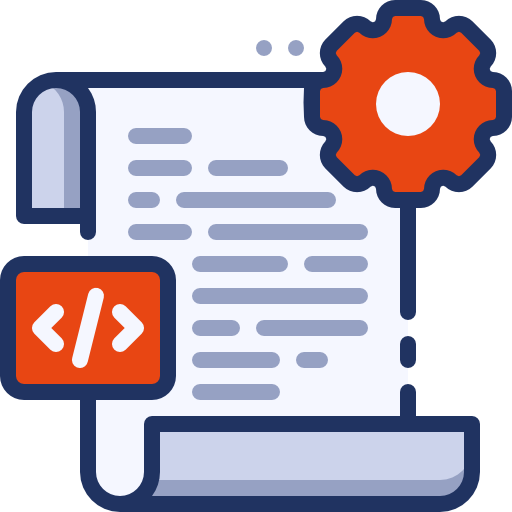
Automated content aggregation
In klar:suite documents can be created automatically from information modules and triggered via knowledge models and made available for various output channels.
Change of perspective - information instead of documents
Modelling also enables analysis and exploration of large, complex content. New contextual questions can be processed. Instead of linear documents, dynamic information and answers can be provided, tailored to target groups and needs, e.g. for the Klarso CDP.

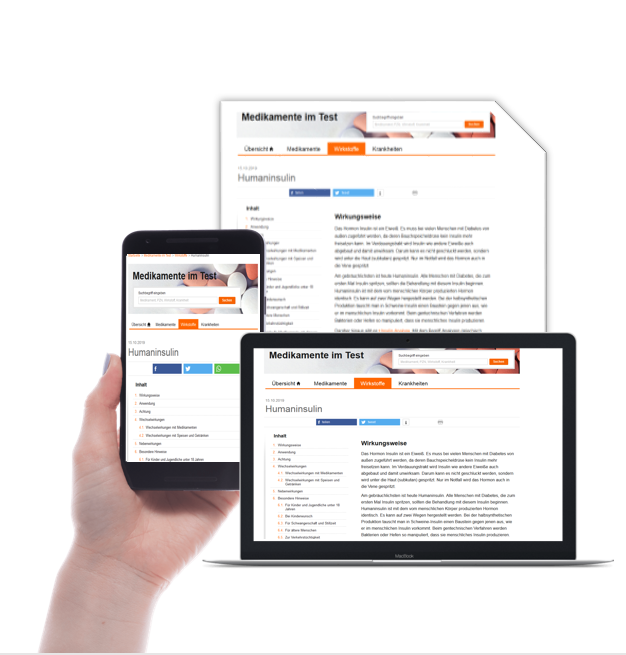
Flexible output channels
Data delivery is possible with an efficient one-click upload to content delivery systems, for mobile use in apps and for print products. klar:suite uses export interfaces with output scripts for HTML, XML, PDF or WORD.
Want to know more?
We would be happy to give you a personal demo of our klar:suite as (C)CMS.


